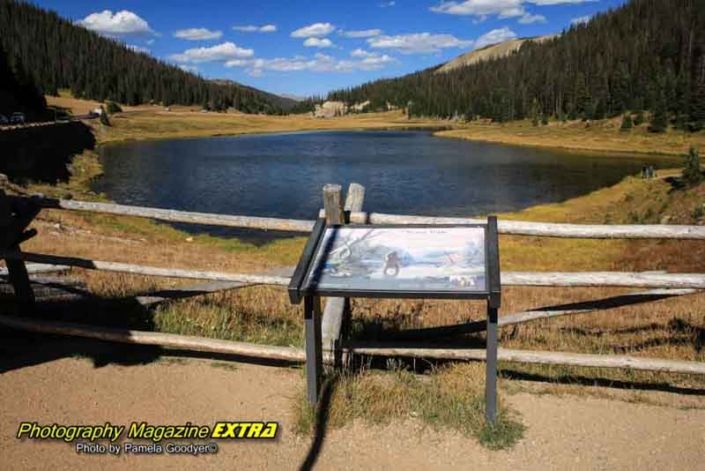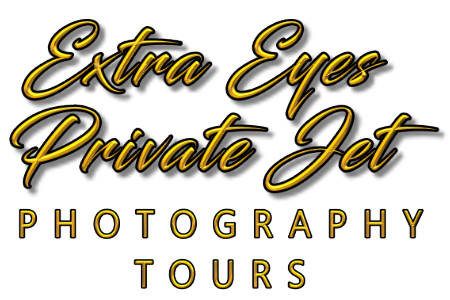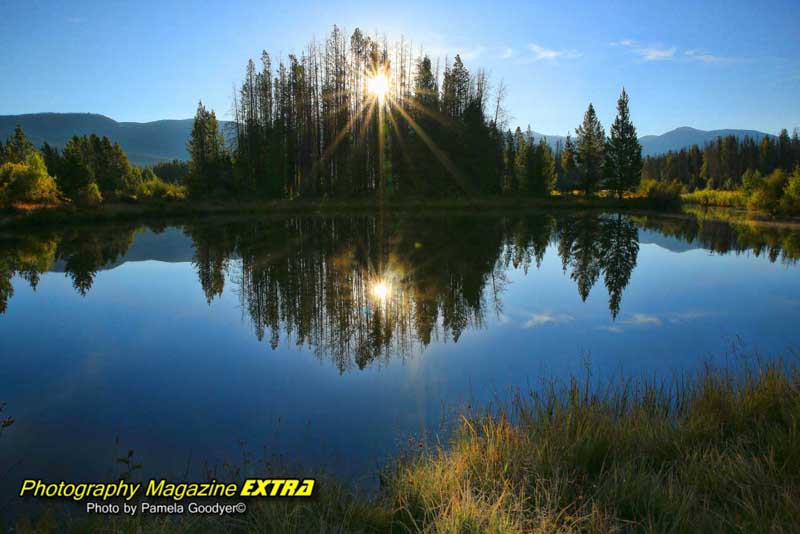Rocky Mountain National Park Photography Locations
We traveled to Rocky Mountain National Park and stayed for a week. We are bringing you all the great details of the locations and the best spots for photography.
OUR PHOTOGRAPHY EXPERIENCE
As we drove through the winding roads of Rocky Mountain National Park, our cameras ready, we couldn’t help but compare it to the stunning Canadian Rockies. While it didn’t quite live up to that level of glory, we still photographed many breathtaking shots. The park’s landscape was a mix of rugged peaks and serene valleys, with the Continental Divide splitting through its center. We were in awe as we explored the diverse terrain, from lush forests to rocky tundra. And amidst all this natural beauty, the highlight for us was spotting majestic elk grazing peacefully in their natural habitat.
PHOTOGRAPHY AND LOCATION
The The park is at its peak visitation in summer and fall, June – September. Trail Ridge Road is open only from Memorial Day to mid-October, but the dates may vary. The crowds are thinner in early June and later September. Fall foliage starts to peak in mid-September. The yellow Aspens make for some astonishing images.
Spring can be a chance to get some new growth, or you could still be hit with a blizzard. June will vary and can be rainy. July – September. On Trail Ridge Road, it can be 15°F–20°F cooler than at the park’s lower elevations. Wildlife viewing and fishing photography are good all year, but fall has the rut when the bull elks get active. The rut plus yellow aspen and fewer humans in mid-October are ideal.
A HIKER’S PARK
You can create dynamic, incredible landscape photography here, but plan to spend some time hiking to your chosen location to obtain your images. Many of the waterfalls and some, but not all, of the lakes are well off the beaten path. Two waterfalls are under a one-mile hike. Some waterfalls and lakes are up to 4 miles off the road. If you like to hike as much as you want to do photography, this is your park. We didn’t hike out to many of the waterfalls on this trip. Believe it or not, we’d rather do photography than go hiking.
WILDLIFE
Rocky Mountain National Park is the place for you if you are a wildlife photographer. Herds of elk and moose are one of the main attractions at this park. There are several areas where you will see signs that it is a public elk zone. If you go in October, you will arrive during the rut when the bull elk starts to breed. Grab some fall foliage and elk shots, and you are in photography dreamland. Several areas are known for moose viewing, but it is less likely to see moose than elk.
Any photography trip here could focus on wildlife. The area near the Moraine Park Discovery Center has a lot of elk.
















